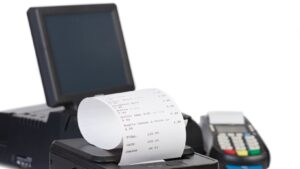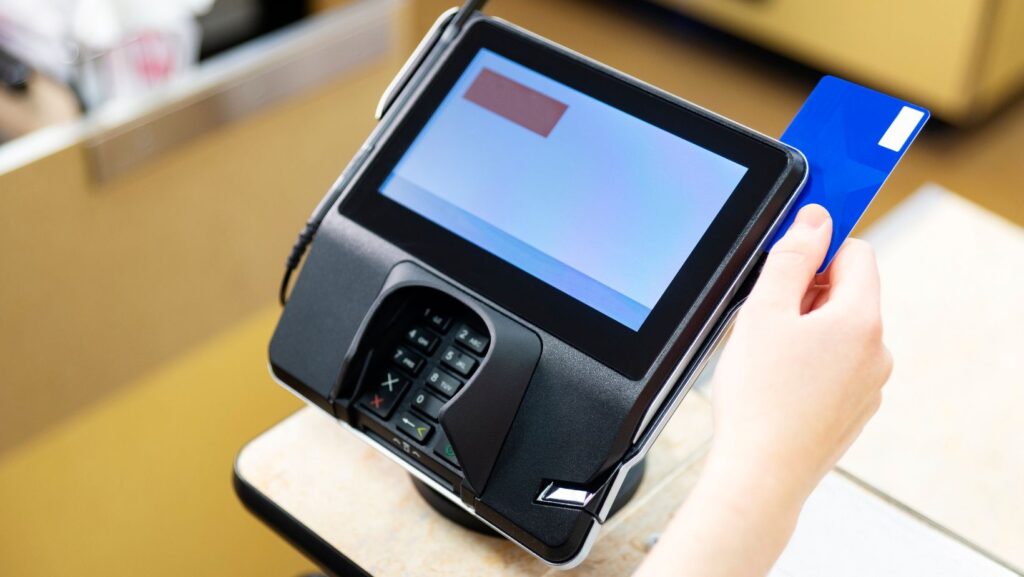In the bustling world of small businesses, having a reliable, efficient payment system isn’t just a convenience – it’s a necessity. It’s the backbone of any business, the engine that keeps the wheels of commerce turning smoothly.
From traditional cash registers to modern mobile payment apps, the choices can seem overwhelming. But don’t fret. This article will guide you through the labyrinth, highlighting the best payment systems tailored for small businesses.
So, whether you’re a seasoned entrepreneur or just starting out, you’ll find the insights you need to make an informed decision. Let’s take the first step on this journey together.
Payment Systems for Small Business
 Grasping the dynamics of small business payment systems aids in streamlining operations. To ensure transactions are seamless, small businesses utilize different payment technologies. These range from Point Of Sale (POS) systems to mobile payment applications. For instance, POS systems include cash registers that tally transactions in real-time. On the other hand, mobile payment apps provide contactless options, allowing customers to pay using their smartphones.
Grasping the dynamics of small business payment systems aids in streamlining operations. To ensure transactions are seamless, small businesses utilize different payment technologies. These range from Point Of Sale (POS) systems to mobile payment applications. For instance, POS systems include cash registers that tally transactions in real-time. On the other hand, mobile payment apps provide contactless options, allowing customers to pay using their smartphones.
However, extensive payment technologies don’t equate to complex operations. In fact, they’re designed with user-friendliness and efficiency in mind. Regardless of your business acumen level, be it a seasoned entrepreneur or a rookie, the right system caters to your needs and grows with your business. Hence, understanding these options paves the way for increased profit and efficiency.
Next, it delves into popular payment systems, their advantages, drawbacks, and ideal scenarios for each system.
Types of Payment Systems for Small Businesses
Navigating the plethora of payment systems for small businesses, they fall predominantly into four major categories.
 First, Cash Registers, they’ve been long-standing workhorses in physical stores, offering simplicity and familiarity.
First, Cash Registers, they’ve been long-standing workhorses in physical stores, offering simplicity and familiarity.
Next, Point of Sale (POS) systems. Modernized versions of cash registers, POS systems integrate sales tracking, inventory, and customer relations into one system and present a comprehensive solution for retail and hospitality businesses.
Thirdly, Internet Payment Gateways. They represent the digital world’s answer to physical payment methods, enabling businesses to process payments online, perfect for e-commerce functionalities.
Lastly, Mobile Payment Apps. They cater to increasing consumer desire for contactless transactions, offering flexibility and efficiency through smartphone-based payment options.
Each system carries its unique advantages and features. Therefore, understanding the dynamics of these payment categories ensures a small business leverages its operations optimally.
Evaluating the Best Payment Systems for Small Businesses
 The selection of a payment system forms the foundation of any small business’s operations. Four main parameters assess the suitability of payment systems: versatility, ease of use, transaction fees, and integration capabilities. Firstly, it’s vital to examine how a particular system can adapt to different forms of payments like credit, debit, and mobile payments. The more versatile the system, the better. Secondly, the system’s interface plays a critical role. If it’s user-friendly and quick to navigate, it streamlines operations and saves time.
The selection of a payment system forms the foundation of any small business’s operations. Four main parameters assess the suitability of payment systems: versatility, ease of use, transaction fees, and integration capabilities. Firstly, it’s vital to examine how a particular system can adapt to different forms of payments like credit, debit, and mobile payments. The more versatile the system, the better. Secondly, the system’s interface plays a critical role. If it’s user-friendly and quick to navigate, it streamlines operations and saves time.
In addition, economic efficiencies matter. Consider its impact on the firm’s bottom line, the cost per transaction, monthly fees, setup fees, if any, and the tie-in contract period. Lastly, assess whether the system integrates well with the existing business software for inventory management, accounting, or customer relations. For instance, POS systems naturally gel with such existing systems, proving to be more beneficial. Therefore, understanding the advantages, disadvantages, and best uses of these parameters helps businesses choose the best payment system.
Pros and Cons of Different Payment Systems
Navigating the landscape of small business payment systems doesn’t have to be daunting. Whether it’s the simplicity of cash registers or the high-tech efficiency of mobile payment apps, there’s a system that’s right for every business. It’s all about understanding the dynamics and making informed choices based on versatility, ease of use, transaction fees, and integration capabilities.
Remember, the best payment system is the one that fits your unique business needs. So, don’t shy away from the options. Embrace the variety and find the system that will help your small business thrive in today’s fast-paced market.



